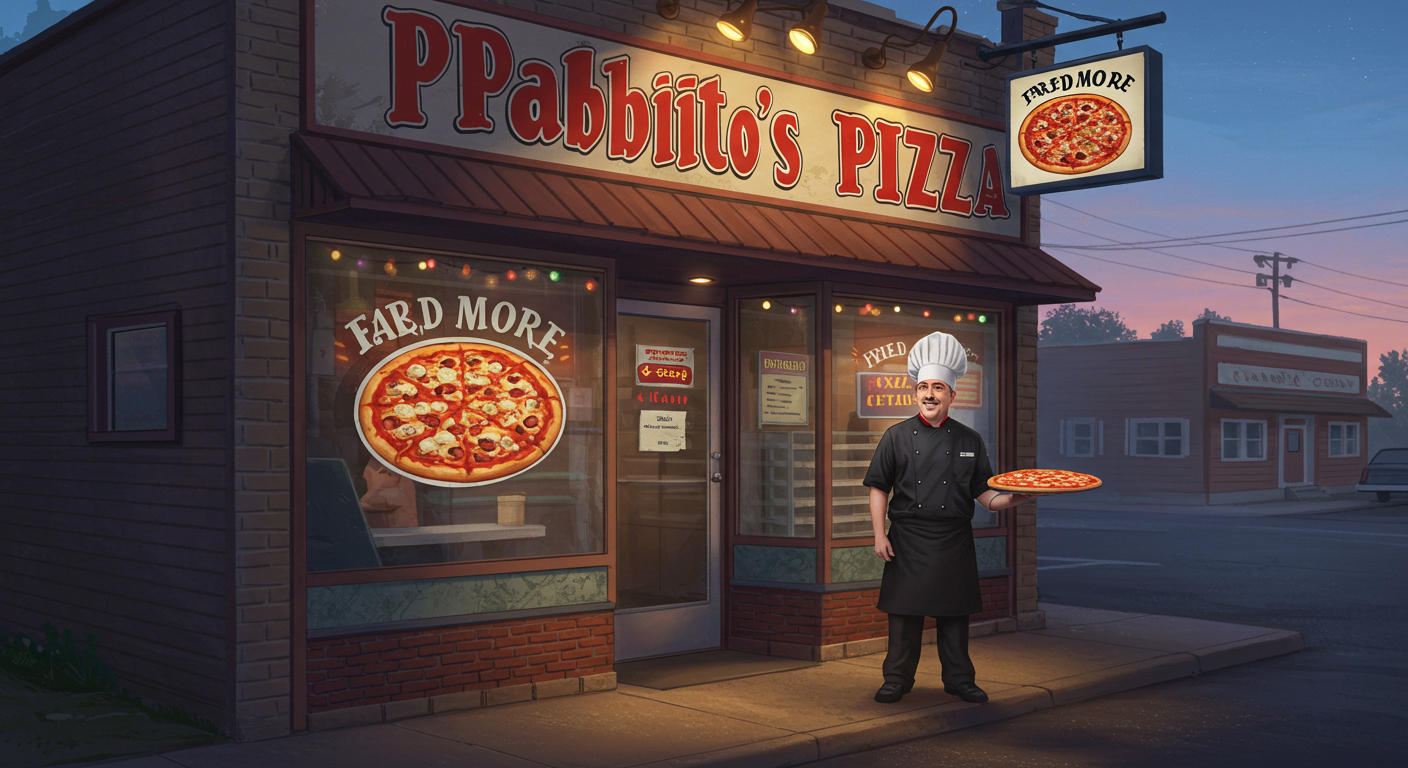Sweet potatoes, a versatile root vegetable deeply rooted in Texas’s culinary heritage, carry a fascinating history of extensive journeys and cultural integration. The story of how far did sweet potatoes travel to Texas is not merely about the miles covered but a testament to agricultural growth and the blending of diverse cultures. This journey reflects the expansion of farming practices and the adaptation of sweet potatoes into the rich food traditions of Texas. Truly, understanding how far did sweet potatoes travel to Texas unveils a narrative of resilience, innovation, and flavorful connections.
How Far Did Sweet Potatoes Travel to Texas? Exploring Its Historical Origins and Global Journey
Sweet potatoes (Ipomoea batatas) have their roots in Central and South America, where they were cultivated for thousands of years by indigenous communities in regions such as Peru and Ecuador. These early civilizations valued sweet potatoes for their hardiness and nutritional value. From these modest beginnings, sweet potatoes embarked on an extraordinary global journey, spread by ancient explorers and traders. Notably, the Polynesians introduced this versatile crop to the Pacific Islands.
The question of how far did sweet potatoes travel to Texas ties closely to their arrival in North America, which was facilitated by European explorers like Christopher Columbus. Through transatlantic exchanges, European settlers and African slaves brought sweet potatoes to the Americas. They quickly recognized that the warm climate and fertile soils of the southern United States were perfect for growing this crop. By the 18th century, sweet potatoes had become a dietary staple in the region. Understanding how far did sweet potatoes travel to Texas uncovers a story of exploration, cultural exchange, and agricultural transformation.
Westward Expansion to Texas
Sweet potatoes were introduced to Texas during the westward expansion of the 19th century. As settlers migrated from other Southern states, they brought along this adaptable crop, incorporating it into their new surroundings. Texas, with its favorable climate and nutrient-rich soil, provided ideal conditions for sweet potatoes to thrive.
The story of how far did sweet potatoes travel to Texas also intertwines with the influence of diverse immigrant populations who settled in the state. These groups introduced unique culinary traditions and farming methods, enriching Texas’s agricultural heritage. This blend of cultural influences is reflected in the wide array of sweet potato dishes cherished in Texan cuisine today. Exploring how far did sweet potatoes travel to Texas reveals a fascinating narrative of agricultural adaptability and cultural integration.
How Far Did Sweet Potatoes Travel to Texas: Cultivation & Varieties

Although Texas is not the largest producer of sweet potatoes, it holds an important place in their cultivation across the United States. The eastern regions of Texas, with their ideal soil composition and favorable climate, are particularly well-suited for sweet potato farming. Moreover, advancements in agricultural practices have enabled Texan farmers to improve both the yield and quality of their crops, ensuring sweet potatoes remain a valued and competitive product.
The question of how far did sweet potatoes travel to Texas highlights not only their journey but also their contribution to local agriculture. Several varieties of sweet potatoes are grown in Texas, each offering distinct characteristics. The Beauregard, prized for its vibrant orange flesh and inherent sweetness, and the Covington, celebrated for its versatility in cooking, are among the most popular choices. These varieties are staples in both traditional Texan recipes and modern culinary creations, further showcasing how how far did sweet potatoes travel to Texas is a story of enduring significance and adaptability.
How Far Did Sweet Potatoes Travel to Texas: Nutrition & Cultural Impact
Sweet potatoes are cherished not only for their rich flavor but also for their impressive health benefits. Packed with vitamins A and C, fiber, and potassium, they provide a wholesome and nutritious alternative to other starchy foods. Additionally, their role in Texan cuisine extends beyond simple consumption; sweet potatoes embody the agricultural perseverance and cultural diversity that define the state.
The question of how far did sweet potatoes travel to Texas is a narrative of more than just distance—it reflects a journey of culinary and cultural integration. From timeless classics like sweet potato pie to modern culinary innovations, sweet potatoes hold a prominent place in both homemade dishes and professional kitchens throughout Texas. Their remarkable journey, originating in Central America and becoming a cornerstone of Texas cuisine, underscores the deep connections between agriculture, migration, and cultural exchange. It’s no wonder how far did sweet potatoes travel to Texas continues to captivate the imagination and appetites of many.
Bridging Continents: The Sweet Potato’s Journey Across the Atlantic
- Early Trade Routes: This section examines the primary trade pathways that enabled sweet potatoes to journey from the Americas to Europe and Africa. These routes played a crucial role in answering the question, How Far Did Sweet Potatoes Travel to Texas, as they marked the beginning of their widespread cultivation and global significance.
- Role of the Columbian Exchange: The Columbian Exchange was instrumental in dispersing sweet potatoes across continents, revolutionizing diets and agriculture worldwide. This global exchange illustrates how far sweet potatoes traveled to Texas and beyond, showcasing the interconnectedness of early trade networks and cultural exchanges.
- Adaptation Across Climates: Sweet potatoes’ ability to adapt to diverse climates and regions significantly facilitated their global distribution. This remarkable resilience not only ensured their success in various environments but also contributed to their eventual cultivation in Texas, further emphasizing the journey and answering How Far Did Sweet Potatoes Travel to Texas.
Texas Terroir: Ideal Conditions for Sweet Potato Growth
- Ideal Conditions: This section outlines the specific climate and soil characteristics in Texas that create perfect conditions for cultivating sweet potatoes. The warm temperatures and well-drained, sandy soils of the state highlight how far sweet potatoes traveled to Texas and how they found an environment conducive to thriving.
- Regional Variations: Different regions within Texas offer unique growing conditions, influencing the size, flavor, and texture of sweet potatoes. Exploring these regional differences provides a deeper understanding of the journey and adaptation, answering How Far Did Sweet Potatoes Travel to Texas in the context of its agricultural diversity.
- Farming Innovations: Modern farming practices in Texas have significantly enhanced the yield and quality of sweet potato crops. Advanced irrigation, crop rotation, and pest management techniques showcase the innovative approaches taken by farmers, further reinforcing the narrative of How Far Did Sweet Potatoes Travel to Texas and how these methods support sustainable agriculture.
Culinary Fusion: The Role of Sweet Potatoes in Texan Cuisine
- Historical Influences: This section delves into the rich cultural history that has shaped the use of sweet potatoes in Texas. From Indigenous communities to European settlers, various traditions have contributed to the versatile ways sweet potatoes are enjoyed today. Understanding How Far Did Sweet Potatoes Travel to Texas reveals the depth of these historical exchanges and their influence on Texan culinary practices.
- Signature Dishes: Highlighting the culinary significance of sweet potatoes, this section showcases iconic Texan recipes such as sweet potato pie and casseroles. These dishes underscore the journey of How Far Did Sweet Potatoes Travel to Texas by illustrating the creative integration of this nutritious crop into traditional Texan cuisine.
- Modern Adaptations: In today’s kitchens, sweet potatoes are finding innovative roles in Texan cooking. From sweet potato fries to gourmet desserts, modern recipes offer a fresh take on this timeless root vegetable. This exploration ties back to the broader story of How Far Did Sweet Potatoes Travel to Texas, celebrating the adaptability and enduring popularity of sweet potatoes in contemporary culinary trends.
Beyond the Farm: The Economic Impact of Sweet Potatoes in Texas
- Market Value: This section evaluates the significant economic impact sweet potatoes have on Texas’s agricultural industry. Exploring How Far Did Sweet Potatoes Travel to Texas reveals how the crop’s journey and integration have bolstered local economies by contributing to farm revenues and consumer demand.
- Employment Opportunities: The sweet potato sector creates numerous job opportunities in Texas, spanning roles in cultivation, harvesting, processing, and distribution. Understanding How Far Did Sweet Potatoes Travel to Texas helps illustrate the broader employment benefits tied to this vital agricultural product.
- Export Potential: Texas’s contributions to both national and international sweet potato markets showcase the state’s agricultural influence. By tracing How Far Did Sweet Potatoes Travel to Texas, we gain insight into how the crop’s adaptability and quality have positioned Texas as a key player in export markets, driving growth and sustaining its farming communities.
Cultivating Sustainability: Eco-friendly Practices in Sweet Potato Farming

- Water Conservation: Sweet potatoes stand out as an eco-friendly crop thanks to their minimal water requirements. Exploring How Far Did Sweet Potatoes Travel to Texas highlights how the crop’s environmental benefits align with sustainable agricultural practices, making them an excellent choice for regions with limited water resources.
- Soil Health: The cultivation of sweet potatoes offers substantial benefits for soil quality, such as enhancing soil structure and reducing erosion. By delving into How Far Did Sweet Potatoes Travel to Texas, we uncover how the crop’s integration into Texan agriculture has supported long-term soil health and sustainability.
- Organic Farming: The increasing adoption of organic farming techniques for sweet potatoes reflects a commitment to sustainability and healthier produce. Understanding How Far Did Sweet Potatoes Travel to Texas sheds light on the role of organic practices in promoting environmentally conscious farming while meeting consumer demand for natural and chemical-free foods.
How Far Did Sweet Potatoes Travel to Texas: Eco Impact and Sustainable Practices
In addition to their cultural and nutritional significance, sweet potatoes play a key role in promoting agricultural sustainability in Texas. Known for their drought-resistant nature, they require less water compared to many other crops and help improve soil health. As more farmers in Texas adopt sustainable methods such as crop rotation and organic farming, the environmental advantages of cultivating sweet potatoes become even more apparent. By exploring How Far Did Sweet Potatoes Travel to Texas, we gain insight into how this crop not only thrives in Texas but also contributes to the state’s agricultural resilience and sustainability efforts.
Final Thoughts
The journey of sweet potatoes to Texas is a powerful reminder of the deep connection between land, crops, and culture. As a cherished staple in Texan cuisine, sweet potatoes not only enhance the state’s agricultural landscape but also contribute to its cultural heritage. By exploring How Far Did Sweet Potatoes Travel to Texas, we uncover the rich history of migration and integration that shaped the state’s farming traditions. This simple root vegetable carries a complex narrative of adaptation, proving that even the humblest crops can tell extraordinary stories of resilience and cultural exchange.
Read More



